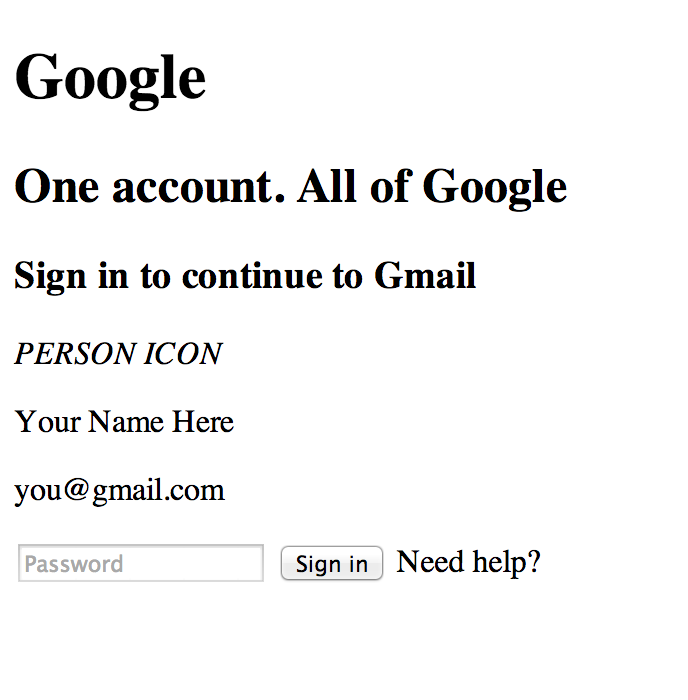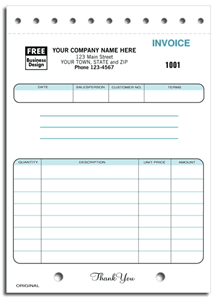


That keeps the library itself small and easy to back up. If regular media is imported using "Leave Files in Place", only generated proxies and optimized media will be placed in the designated storage locations. That's done using the library inspector via Storage Locations>Modify Settings>Cache.Ī similar procedure can be used to keep proxies outside the library: Storage Locations>Modify Settings>Media. For reasons of performance and ease of library backup, it's best to have the render cache placed external to the library. They are potentially large, discardable items. In general you don't want render files placed within the library, much less back them up. Whats interesting is if one render file changes in the Library does CCC recognise this, and does it copy the whole Library across (I think we want it to?) or just the changed file. I'll give it a shot on our next documentary (with appropriate backups in place first) to see if it successfully manages all the versioning, roles, audio mixes and edits.
#Carbon copy log in pro#
Tested this on an iMac Pro running Big Sur 11.2.3 and latest CCC. Have no idea why, in the past, the destination folder showed the FCP package contents of the library only and not the purple library icon. I opened the libraries and they had all the content intact including all edits and video inspector adjustments. Ran the task and now observed the complete library file (purple icon) for each library. This time it worked! I tried the same thing I tried numerous times in the past - Created a folder (FCP Library Backups) for the destination, then created a test folder (Test) where I placed a couple FCP libraries with a few projects, some quick edits, plugins applied to a few clips, etc.
#Carbon copy log in update#
UPDATE - I was about to launch a support ticket thru CCC and decided I would try one more time to create a task that would copy FCP libraries. Since you can dissect your backups to your like, Chronosync doesn’t eat up your RAM. Best of all, you will never feel the pressure on your mac. You can tell it to backup individual folders just once in a day (say the FCPX Cache folder) while versioning the most active, working folder, Projects files, every X minutes. One Carbon Copy Cloner is slow very slow and as the App title stats it is a cloner.Ĭarbon Copy Cloner is not really useful to keep track of changes in a file.ĬhronoSync on the other hand is an all-in-one app with tools for synchronizing, backups, bootable backups and cloud storage backups.Ĭhronosyc allows a more fine-tuned backup and versioning. I have used both and I strongly recommend ChronoSync. Old thread but maybe someone else has the same question. From just playing with their demos for a few days they both seem to have their pluses and minuses but wonder about real world experience backing up the FCPX, Motion, Logic, Aperture and Lightroom files that we us in projects. I was wondering if there was any advantage to using Carbon Copy Cloner or ChronoSync.
#Carbon copy log in plus#
I've just changed our backup strategy on one of our machines from Time Machine and Backups for FCPX to just Time Machine for the system files and am thinking of using either ChronoSync or Carbon Copy Cloner plus Backups for FCPX for the production drives.


 0 kommentar(er)
0 kommentar(er)
